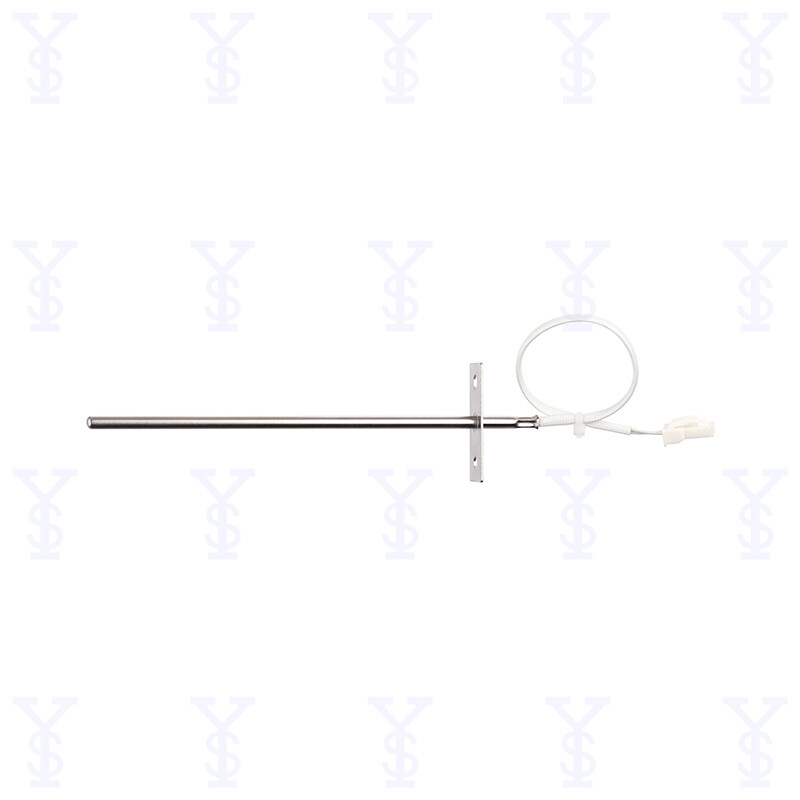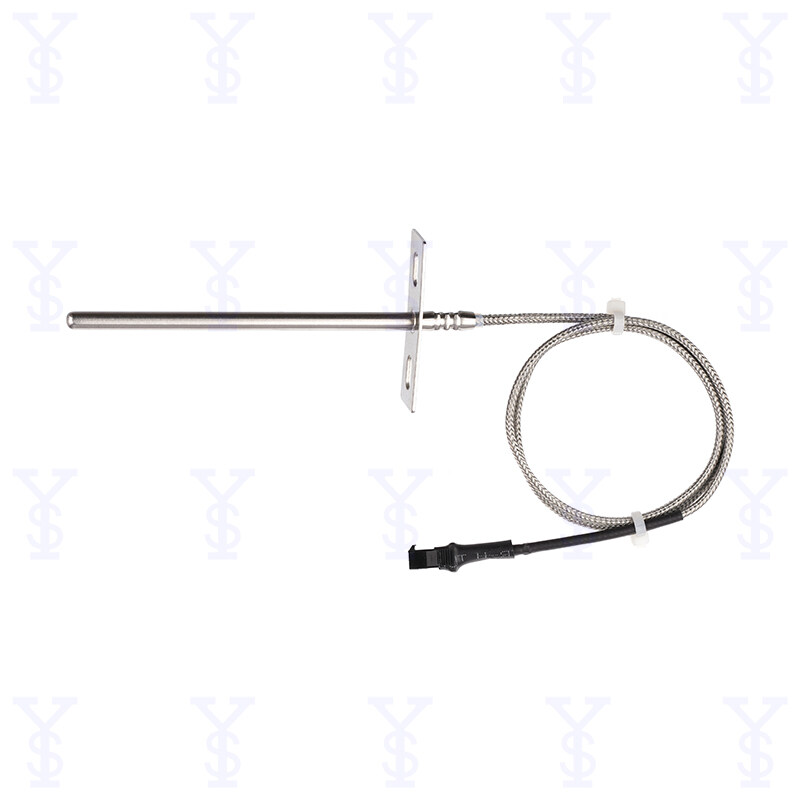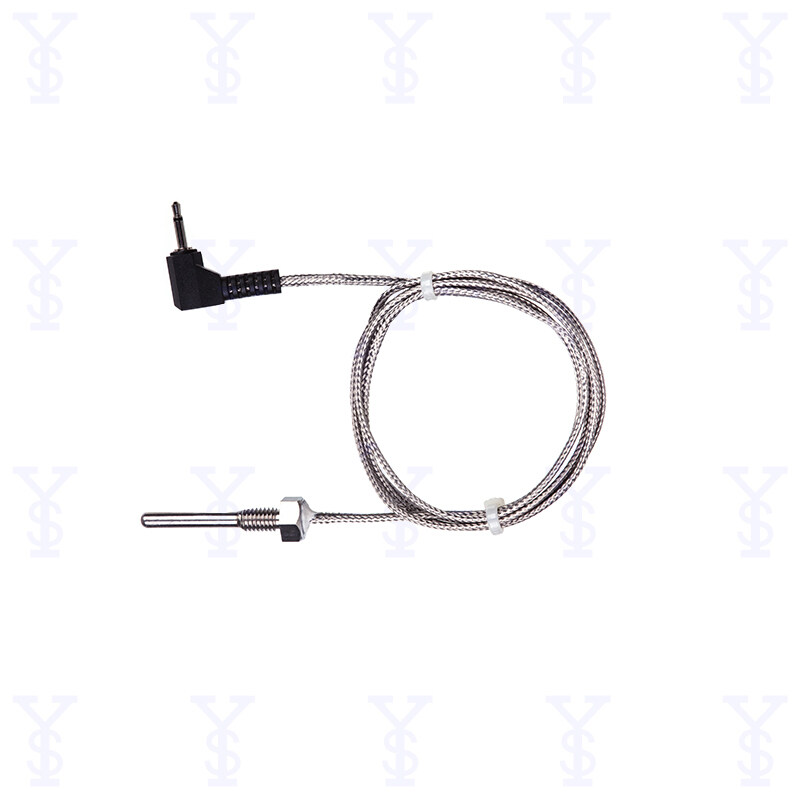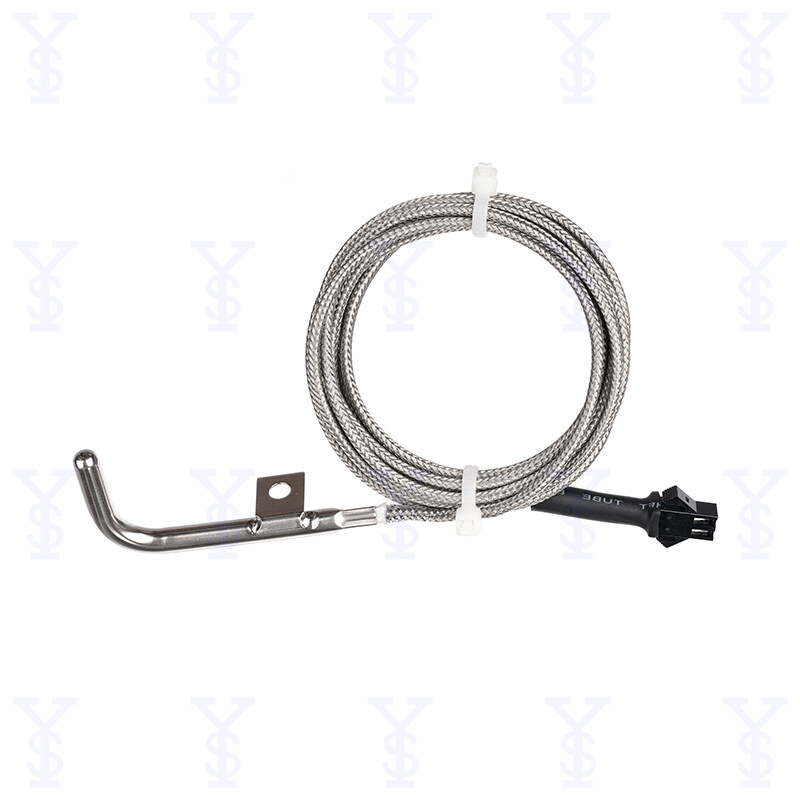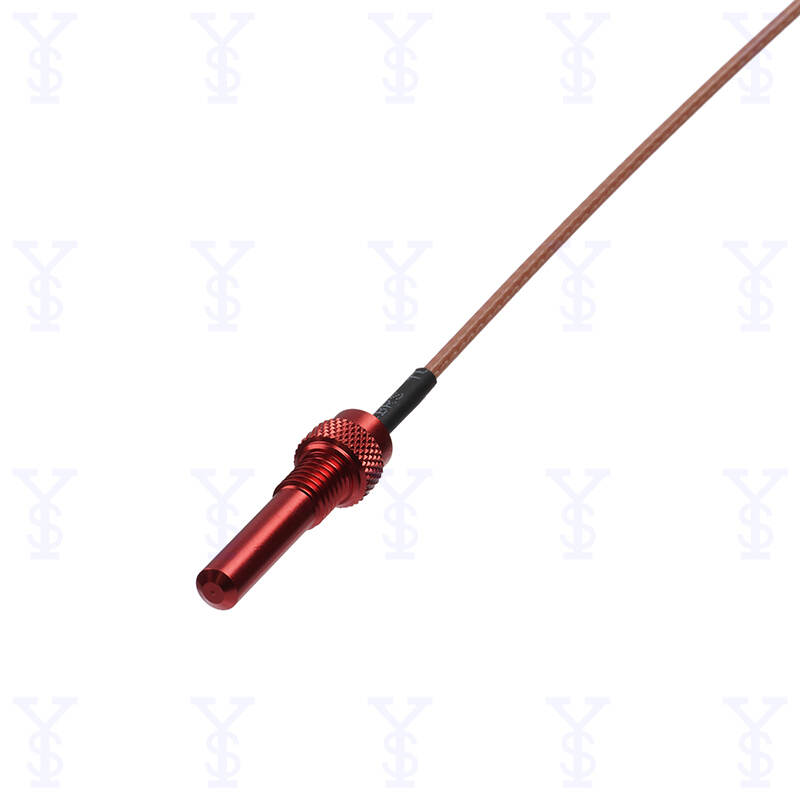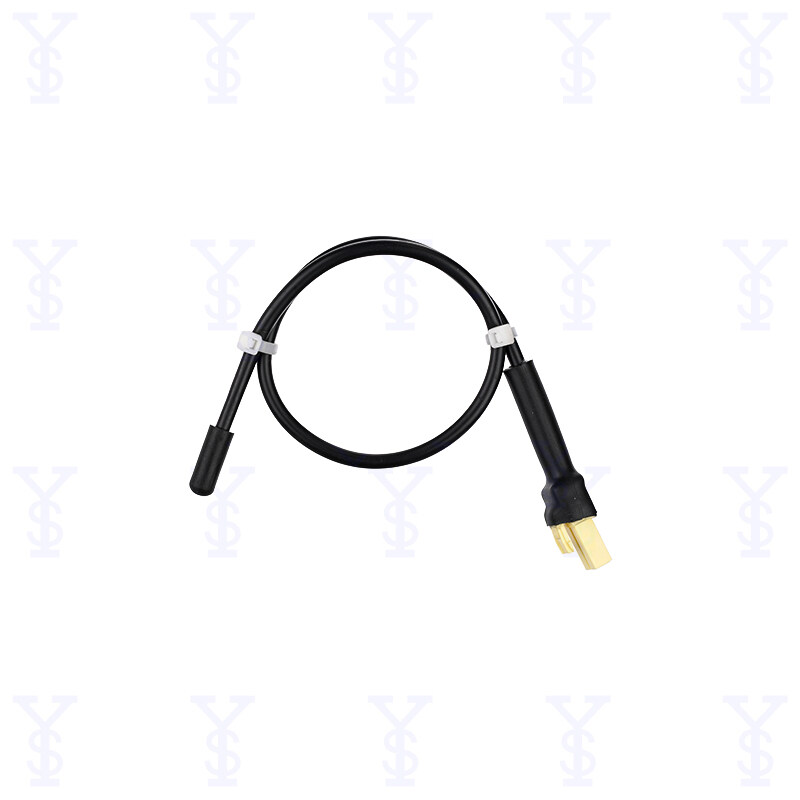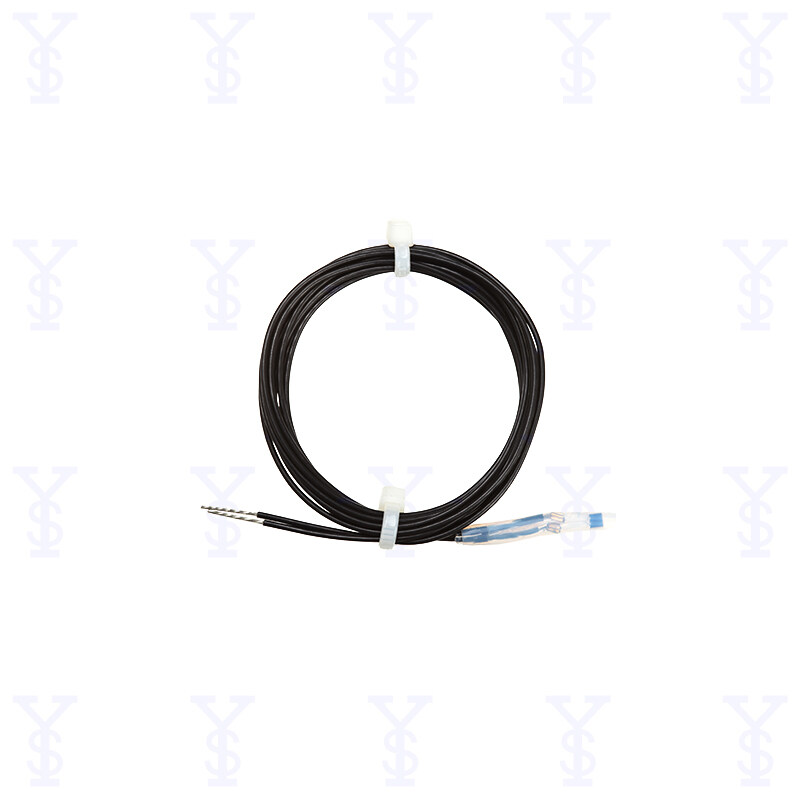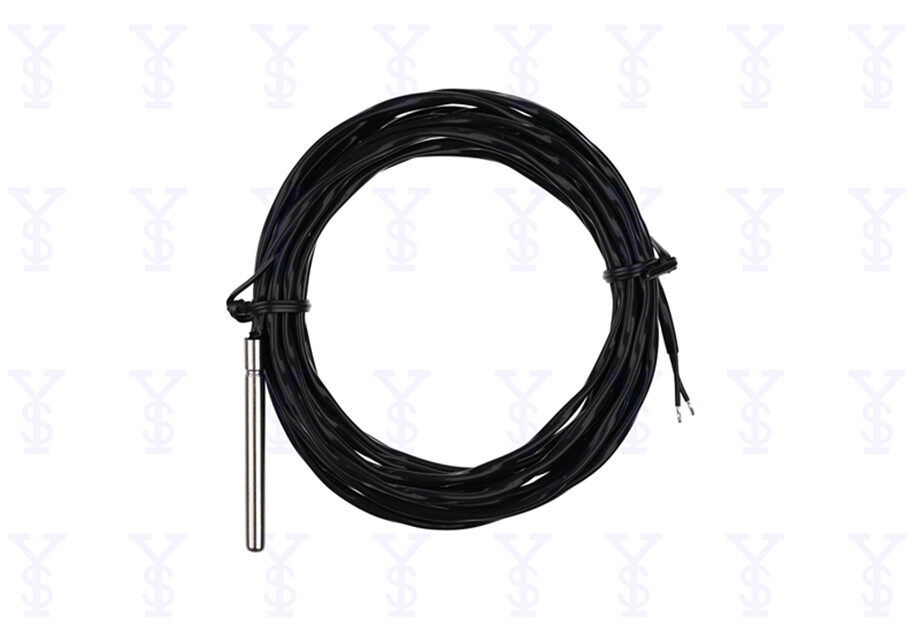Sese faiga imeli
emailCannotEmpty
emailDoesExist
pwdLetterLimtTip
inconsistentPwd
pwdLetterLimtTip
inconsistentPwd

2 Wire Platinum Resistance Temperature Sensor For BBQ Oven
The product has excellent characteristic stability and consistency, high-temperature measuring accuracy, wide temperature measurement range, good moisture resistance, and high reliability.
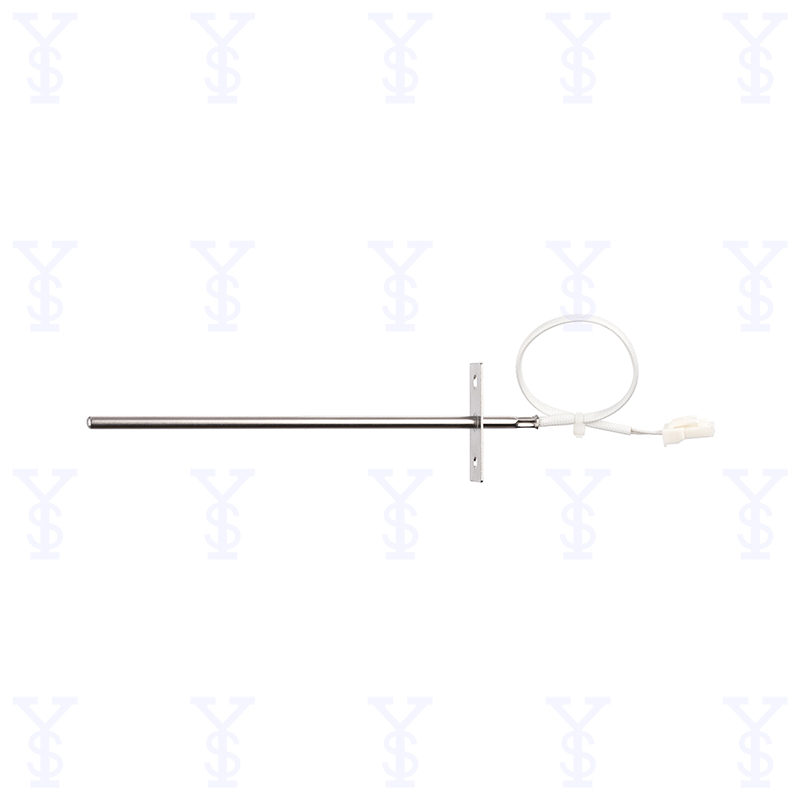
The Features of Platinum Resistance Temperature Sensor For Heat Meter
| Recommended | PT1000 chip |
|---|---|
| Accuracy | class B |
| Working Temperature range | -60℃~+450℃ |
| Insulation Voltage | 1500VAC, 2sec |
| Insulation Resistance | 100VDC |
| Characteristics Curve | TCR=3850ppm/K |
| Communication mode: two-wire system, three-wire system, four-wire system | |
| Product is compatible with RoHS and REACH certifications. | |
| SS304 tube is compatible with FDA and LFGB certifications. | |
The Applications of Platinum Resistance Temperature Sensor
Grill, smoker, oven, electric oven, and electric plate

The advantages of Platinum Resistance Temperature Sensor
Ease of shaping and machining: Platinum is a highly valuable and desirable metal, very soft and malleable. This property of the metal makes it easy to machine and stretch to the desired shape according to RTD specifications without compromising its dimensional stability.
Unresponsive: This heavy, precious, silver-white metal has been described as a precious metal because of its inert nature. It is resistant to most environmental elements and will not react with air, water, heat or most chemicals and common acids.
Durability: Platinum is one of the most stable elements, unaffected by external loads, mechanical vibrations and shocks. This feature is one of the added advantages since RTD temperature sensors are often exposed to such harsh environments during industrial operation.
High temperature resistance: Platinum resistance temperature detectors work consistently over a wide temperature range. It provides increased accuracy even when exposed to temperatures ranging from -200°C to 600°C.



